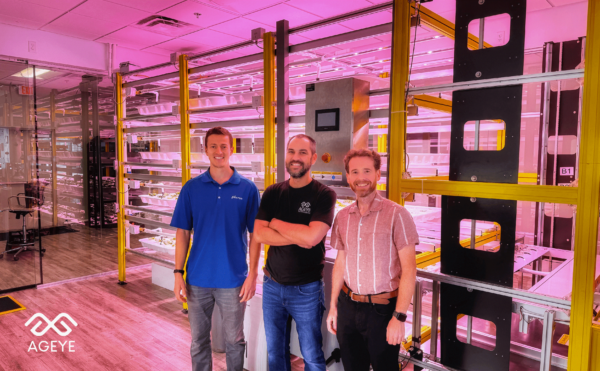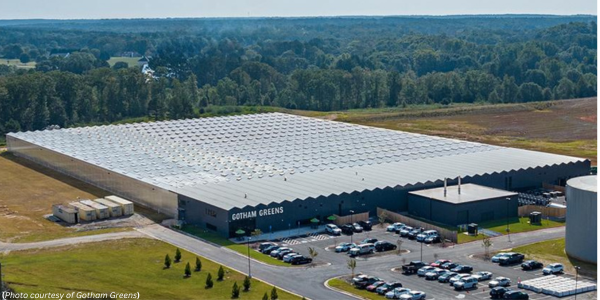Explore Expanded Expo Hall with 200 Exhibitors, Be Inspired by Three Compelling Keynotes, Sit in on Educational Conference Sessions including NEW Cannabis Track, Networking Events
Indoor Ag-Con, the largest and leading trade show and conference dedicated to vertical farming | greenhouse | controlled environment agriculture, will return to Caesars Forum March 11-12, 2024 for its 11th annual event. This must-attend Conference and Trade Show brings together farmers, growers, ag tech leaders, suppliers, advocates and enthusiasts under one roof to experience all that Indoor Ag-Con has to offer: 200+ Exhibitors, Three Keynotes, Networking Events, Conference Sessions and more.
-
See, Touch and Experience 200+ Exhibitors & Sponsors
In 2024, the Expo Hall has expanded featuring 200+ world-class exhibitors and sponsors featuring the most cutting-edge technologies, products and services in the indoor agriculture industry from lighting and control systems to substrates, equipment, irrigation systems and much more. Key Exhibitors including, Enza Zaden, Babylon Micro-Farms, Berger, Bio 520, ,Klasmann-Dielmann, Nourse, Philips, PowerSecure, Promix, SananBio, Van Der Hoeven and Voltserver Digital Electricity and many more.
-
Keynotes Take the Stage
Each year, Indoor Ag-Con features three awe-inspiring Keynotes and this year’s all-star speakers include Paul Sellew, Founder and CEO of Little Leaf Farms, who will give the 2024 edition’s opening morning headline keynote address on Monday, March 11th at 8am. Little Leaf Farms is the largest U.S. greenhouse producer of hydroponic baby greens and sold in over 5,000 grocery stores and fine dining establishments.
A mid-morning keynote on day one, “Leader Insights: Charting the Future Landscape of Controlled Environment Agriculture”, will be led by industry veterans on Monday, March 11 at 11am. The keynote will feature Moderator, Daniel Malech, Board Chair, SVP CEA Alliance for Plenty, Jim DiMenna, President of Red Sun Farms, Viraj Puri, Co-Founder and CEO of Gotham Greens, and Matt Ryan, CEO of Soli Organic.
Adam Bergman, Managing Director, Clean Energy Transition Group, Global Head of AgTech for Citi, will deliver the day two morning keynote address on Tuesday, March 12, 2024 at 8am. Bergman’s presentation, “Indoor Farming: The Next Revolution in Agriculture,” will explore the dynamic landscape of indoor farming, addressing the setbacks faced in 2023 and unveiling the promising future that lies ahead.
-
Robust Conference Featuring Four In-Depth Tracks
The Conference features two jam-packed days of educational and insightful sessions from 80+ speakers in four tracks including Planning & Operations, Grower, Cultivating Possibilities and NEW this year, the Cannabis track.
For a full list of Conference sessions, visit https://indoor.ag/conference-program/
-
Safety-First: Food Safety Pre-Event Workshop
New for 2024, the Indoor Ag-Con CEA Food Safety Pre-Event Workshop: Internal Review Certification, will be held on Sunday, March 10, 1-5pm and is designed for anyone in the controlled environment agriculture industry dedicated to ensuring the highest standards of food safety and quality. Internal auditing certification is a mandatory GFSI (Global Food Safety Initiative) requirement that demonstrates an individual’s ability to conduct internal assessments of any food safety program. Indoor Ag-Con has partnered with Ceres University, a leading provider of IACET-accredited food safety training and certification, to offer a cost-effective, convenient way to build your career AND help fulfill GFSI scheme requirements.
5. Two Shows in One
Indoor Ag-Con will once again co-locate with the National Grocers Association Show March 11-12, 2024 at Caesars Forum, Las Vegas The NGA Show, the leading trade show and conference for independent grocers, and Indoor Ag-Con, the premier agriculture conference and trade show for the indoor and vertical farming industry, will once again co-locate in 2024.6. Let’s Get Social
Mix and mingle with new and old friends at daily events including Conference Lunches, Expo Hall Happy Hour, and many more fun and engaging events.
-
Vivid Canopy Interactive Panel, Roundtable & Networking Event
This networking event for the controlled environment agriculture community will foster and celebrate diversity in the industry. Growers, engineers, and business leaders across the indoor farming industry at all levels of organizations need more opportunities to connect in this increasingly remote world. The Vivid Canopy interactive workshop hosted by GLASE features a panel of diverse professionals from sectors of the CEA community led by Women in CEA followed by a networking round robin activity led by Eden Green Technology and Re-Nuble.
8 What’s New: Be The First to Experience Product Debuts
Indoor Ag-Con is the place to check out the latest products, services and technologies in the industry. Must see debuts include: NGS’ patented rotational system for strawberries which doubles normal tabletop production, Pure Life Carbon’s first re-usable, carbon sequestering, soilless growing medium for the controlled environment agriculture market, Royal Gold’s new All-purpose fertilizer and new 70/30 Coco-Perlite Blend, FG41S’s Modular Flat-Pack Buildings shipped factory-direct to Customer and Klasmann-Deilmann’s genuine innovation for modern horticulture: Nygaia which will be handed out in test kits.
-
Take a Seat in the Expo Hall Theater for Mini Sessions
While browsing 200+ exhibitors, stop by the ever-popular Expo Theater where industry leaders take the stage for 45-minute presentations addressing hot topics in the industry. From “Sowing Innovation: Virginia’s Vision for Controlled Environment Agriculture” featuring a Fireside chat with Matthew Lohr, Virginia Secretary of Agriculture and Forestry, Office of the Governor of Virginia to “USDA’s Growing Vision for Controlled Environment Agriculture” featuring a distinguished panel featuring United States Department of Agriculture (USDA) representatives, the Expo Hall will be buzzing.
-
Viva Las Vegas
Indoor Ag-Con will once again call Las Vegas home for the 2024 event and there is no shortage of things to do, see and hear in Sin City. From the Sphere Experience to Carrie Underwood’s residency to America’s Got Talent Superstar Live, take some time to explore Las Vegas while at Indoor Ag-Con.
For more information, please visit www.indoor.ag.
 New York-based controlled environment agriculture company Square Roots has unveiled a program that aims to remove lighting from commercial indoor vertical farming systems to reduce energy demands and costs.
New York-based controlled environment agriculture company Square Roots has unveiled a program that aims to remove lighting from commercial indoor vertical farming systems to reduce energy demands and costs.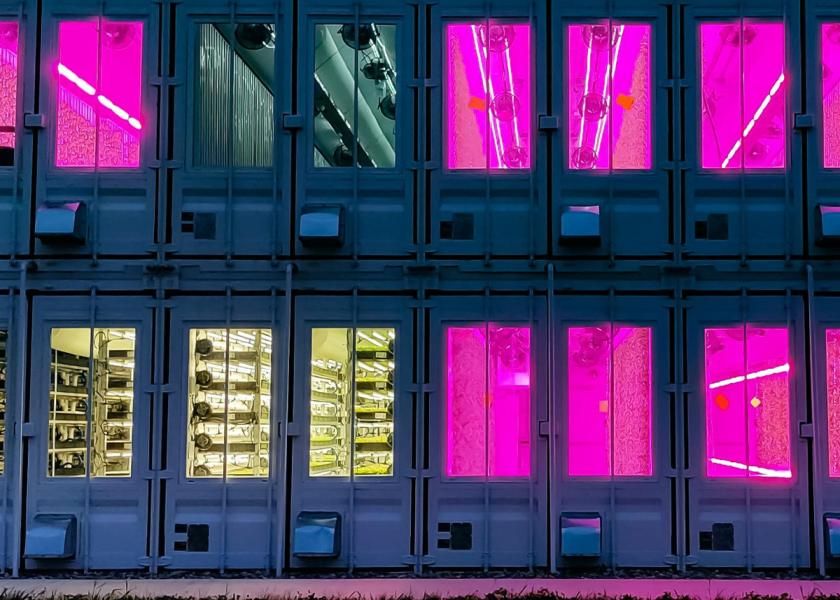
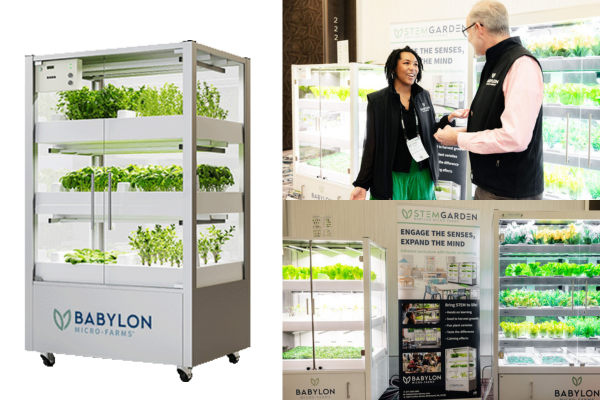
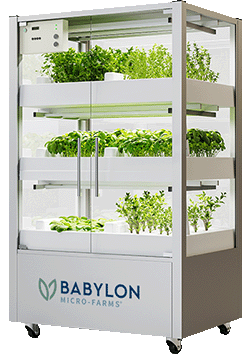 Hands-on Learning – Removable trays in workstations promote hands-on learning for crop planting, nurturing, and harvesting.
Hands-on Learning – Removable trays in workstations promote hands-on learning for crop planting, nurturing, and harvesting.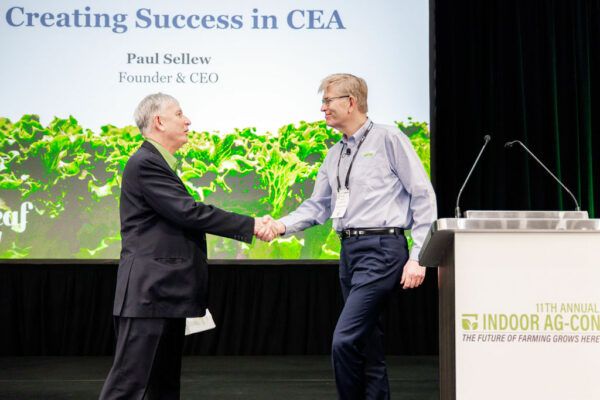
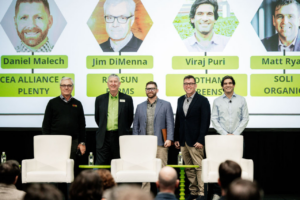 Keynote Sessions
Keynote Sessions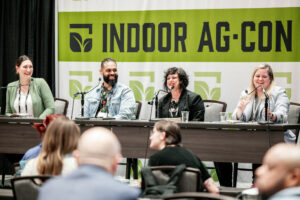 Educational Tracks & Expo Floor Theater Panel Discussions
Educational Tracks & Expo Floor Theater Panel Discussions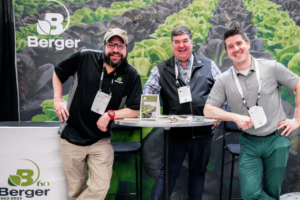 Sold Out Expo Floor
Sold Out Expo Floor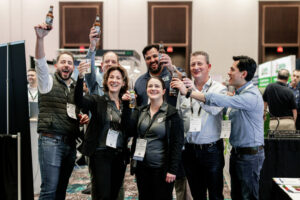 Networking Opportunities
Networking Opportunities Indoor Ag-Con |Philips VIP Welcome Party
Indoor Ag-Con |Philips VIP Welcome Party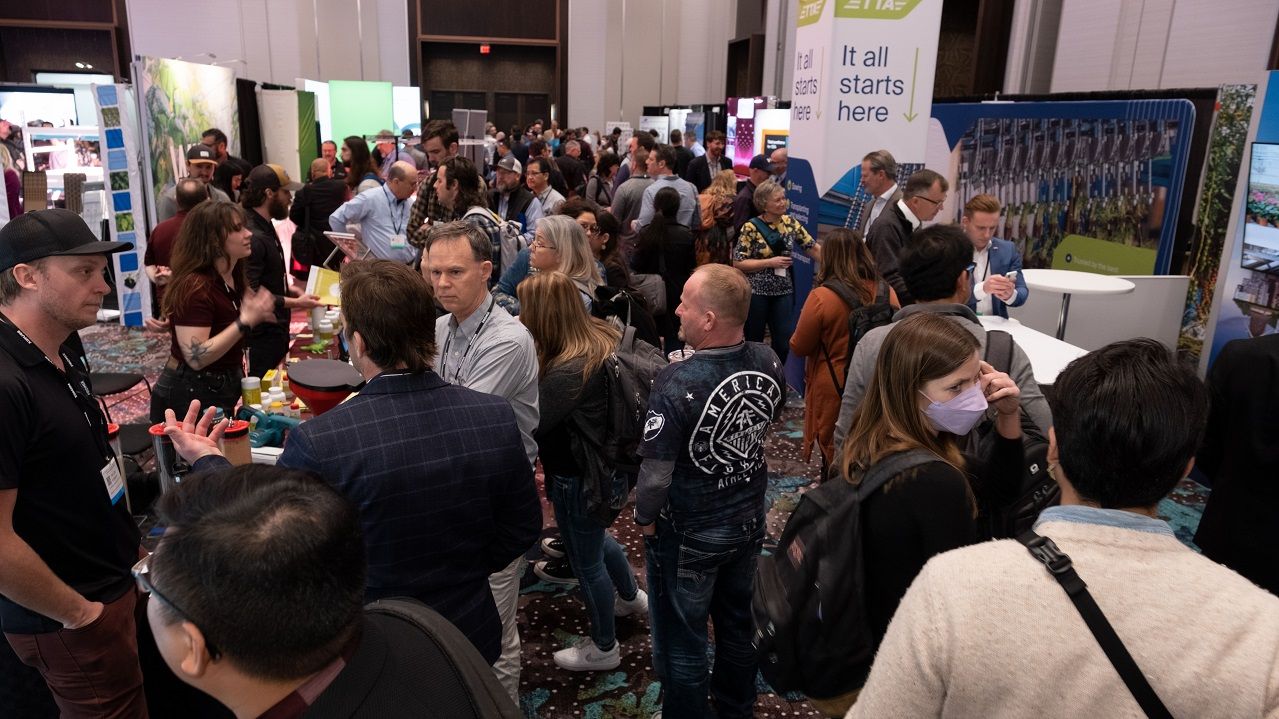
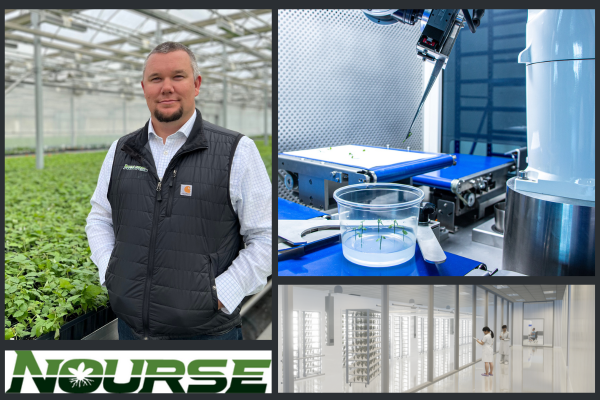
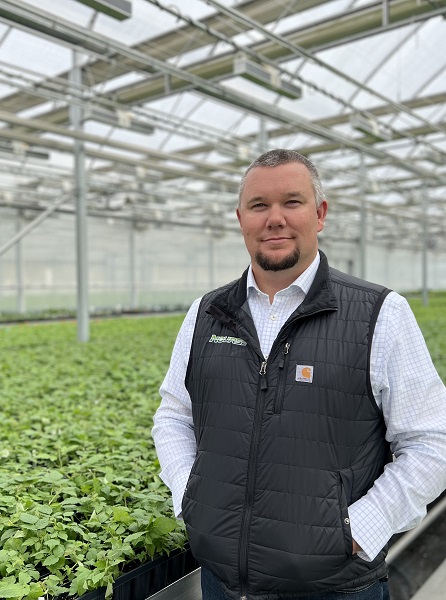
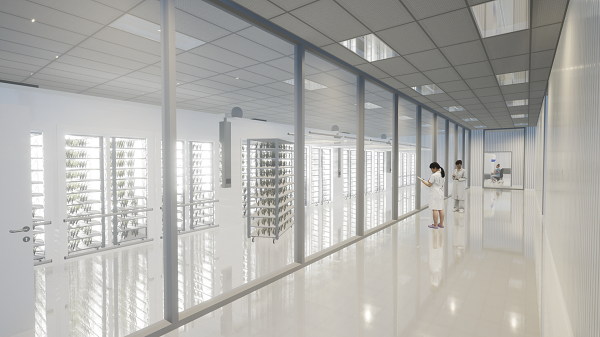
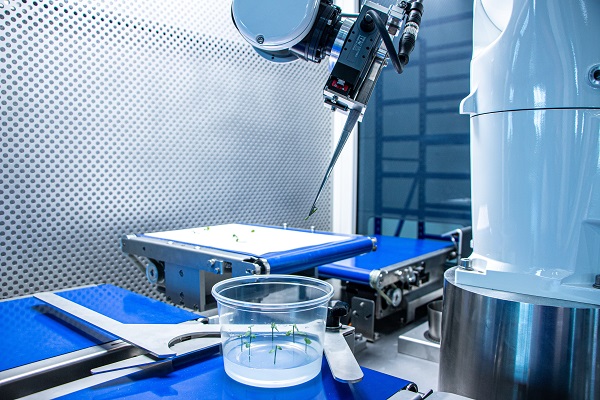

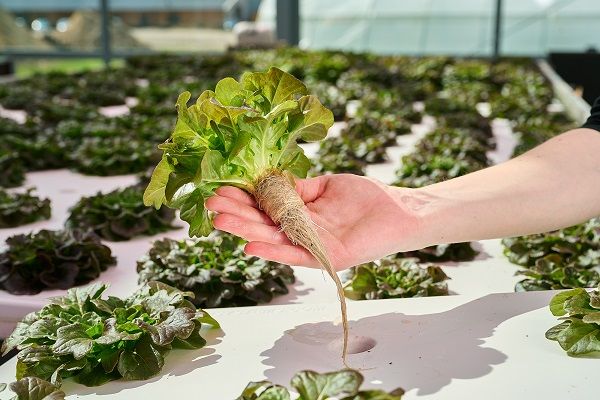
 Klasmann-Deilmann
Klasmann-Deilmann Nygaia is the substrate solution of the future that will soon be able to completely replace conventional substrates, e.g. in the cultivation of leafy vegetables in hydroponics and vertical cultivation systems. The innovative substrate fibre consists of 60% natural, bio-based raw materials and is completely biodegradable.
Nygaia is the substrate solution of the future that will soon be able to completely replace conventional substrates, e.g. in the cultivation of leafy vegetables in hydroponics and vertical cultivation systems. The innovative substrate fibre consists of 60% natural, bio-based raw materials and is completely biodegradable.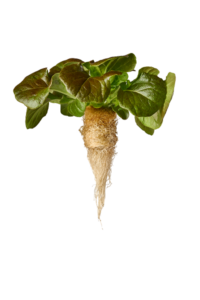 This means it produces neither waste nor microplastics. The Nygaia substrate fibre for hydroponics is inert, salt-free and provides a perfect water retention capacity. It also offers very good air capacity, which optimally supports healthy root growth of plants. Nygaia is a product development of the close collaboration of Klasmann-Deilmann and Maan Biobased Products.
This means it produces neither waste nor microplastics. The Nygaia substrate fibre for hydroponics is inert, salt-free and provides a perfect water retention capacity. It also offers very good air capacity, which optimally supports healthy root growth of plants. Nygaia is a product development of the close collaboration of Klasmann-Deilmann and Maan Biobased Products.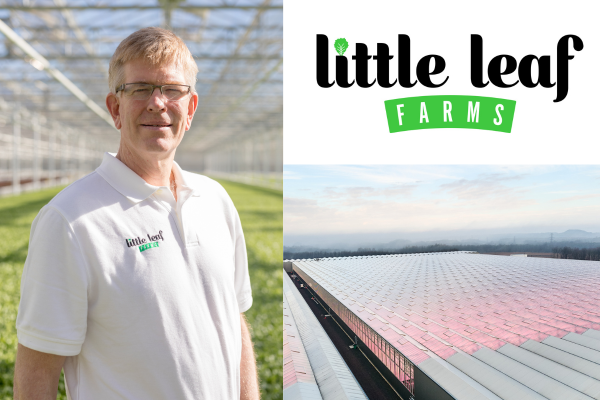
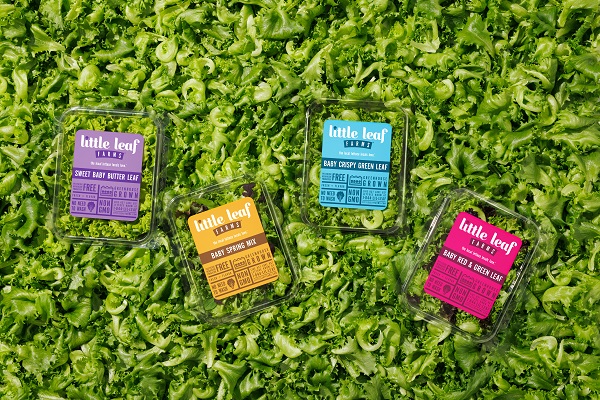
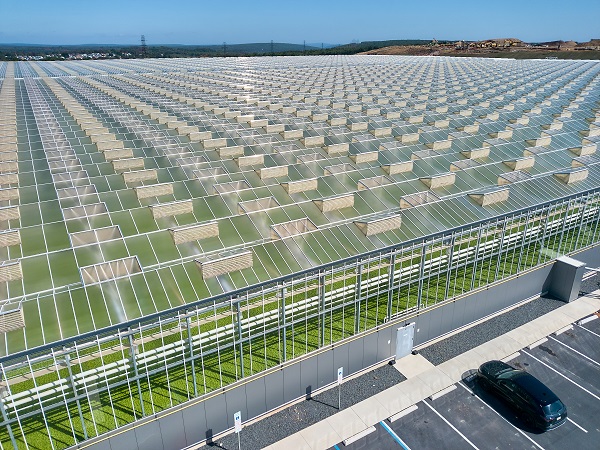 Every step of our growing process was designed to limit our impact on the planet. For example, we utilize captured rainwater in our soil-less farming, which results in 90% less water usage than field-grown greens. Plus our greenhouse locations are in regions with high natural precipitation and not dependent on groundwater as the west coast growers do. . Our Devens, MA greenhouse gets 45 inches of rain per year alone and we use all of it, whereas Salinas, California sees only 10 inches of rain per year.
Every step of our growing process was designed to limit our impact on the planet. For example, we utilize captured rainwater in our soil-less farming, which results in 90% less water usage than field-grown greens. Plus our greenhouse locations are in regions with high natural precipitation and not dependent on groundwater as the west coast growers do. . Our Devens, MA greenhouse gets 45 inches of rain per year alone and we use all of it, whereas Salinas, California sees only 10 inches of rain per year. We have always approached growing lettuce as a farming company, rather than a tech company. While we are technologists and our technology is cutting-edge, our priority is growing sustainable, local lettuce that most importantly, tastes great. Our lettuce arrives on grocery store shelves within 24 hours of harvesting, spending less time traveling than most other lettuces. This, in addition to our highly automated system and sustainable growing practices, results in fresh, flavorful leafy greens that remain crispy a remarkably long time after purchase. At the end of the day, we’re growing food. People want to buy and eat what tastes good, and our amazing taste is what’s going to continue to be the differentiator for us. We’ve also grown our business in a way that gives us the ability to scale profitably and better service our retailers, which is going to continue to put us in a position to challenge and compete with field-grown brands as we enter new markets. We’ve surpassed field-grown greens in New England and I’m confident we can replicate that success in other markets across the country as we grow.
We have always approached growing lettuce as a farming company, rather than a tech company. While we are technologists and our technology is cutting-edge, our priority is growing sustainable, local lettuce that most importantly, tastes great. Our lettuce arrives on grocery store shelves within 24 hours of harvesting, spending less time traveling than most other lettuces. This, in addition to our highly automated system and sustainable growing practices, results in fresh, flavorful leafy greens that remain crispy a remarkably long time after purchase. At the end of the day, we’re growing food. People want to buy and eat what tastes good, and our amazing taste is what’s going to continue to be the differentiator for us. We’ve also grown our business in a way that gives us the ability to scale profitably and better service our retailers, which is going to continue to put us in a position to challenge and compete with field-grown brands as we enter new markets. We’ve surpassed field-grown greens in New England and I’m confident we can replicate that success in other markets across the country as we grow. Our business is about farming, and we consider farming a people-based business that puts the crop first. This mindset enables us to recruit the best team of growers, R&D staff, operations staff, and more to carry out our mission of growing fresh leafy greens for all. The farmer-first mindset also reinforces our commitment to growing a product that tastes great and that people actually want to eat, which ties directly to our mission of bringing fresh, leafy greens for all.
Our business is about farming, and we consider farming a people-based business that puts the crop first. This mindset enables us to recruit the best team of growers, R&D staff, operations staff, and more to carry out our mission of growing fresh leafy greens for all. The farmer-first mindset also reinforces our commitment to growing a product that tastes great and that people actually want to eat, which ties directly to our mission of bringing fresh, leafy greens for all.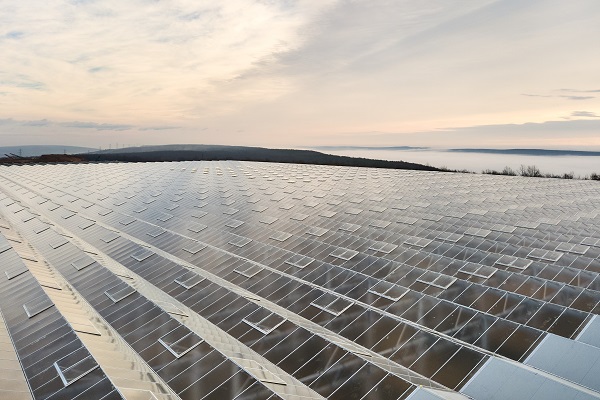 We’ve also expanded our product line to now offer salad kits made with our signature Baby Crispy Green Leaf lettuce, which had an initial launch in the Northeast this fall but will be expanding to our full distribution footprint in January 2024.
We’ve also expanded our product line to now offer salad kits made with our signature Baby Crispy Green Leaf lettuce, which had an initial launch in the Northeast this fall but will be expanding to our full distribution footprint in January 2024.